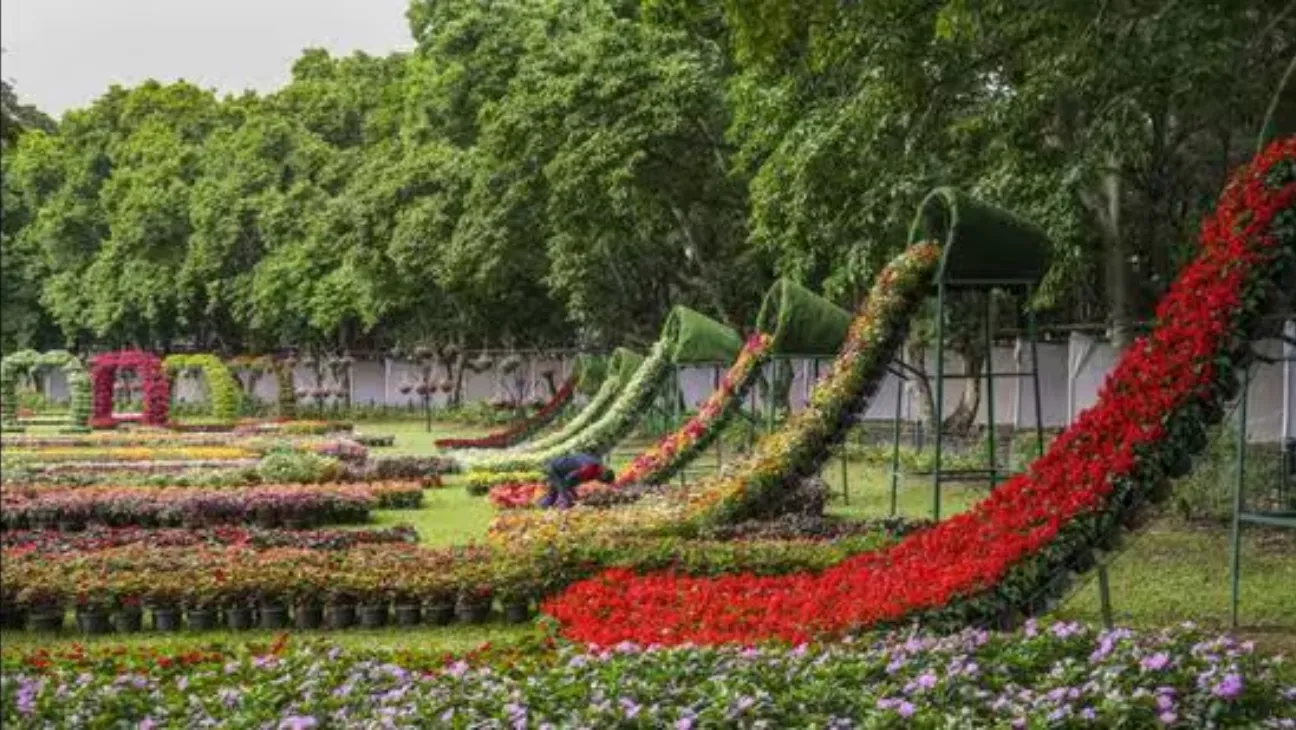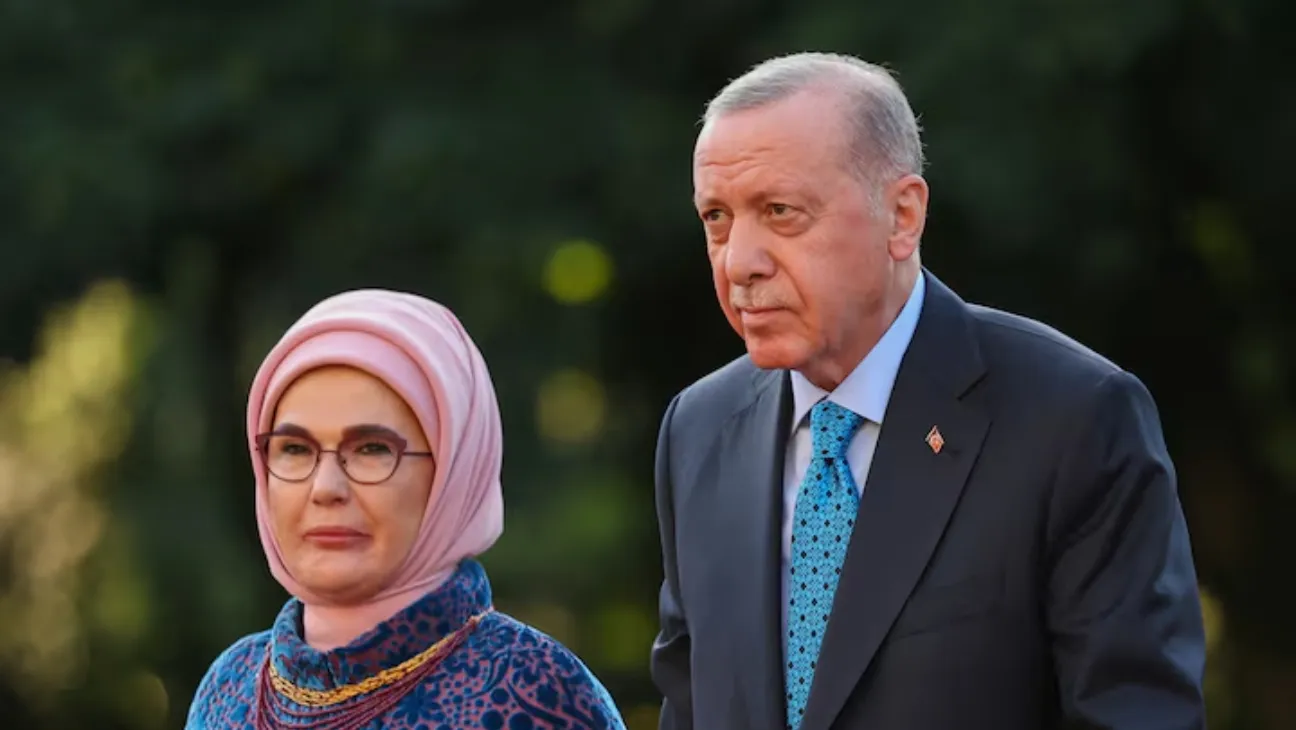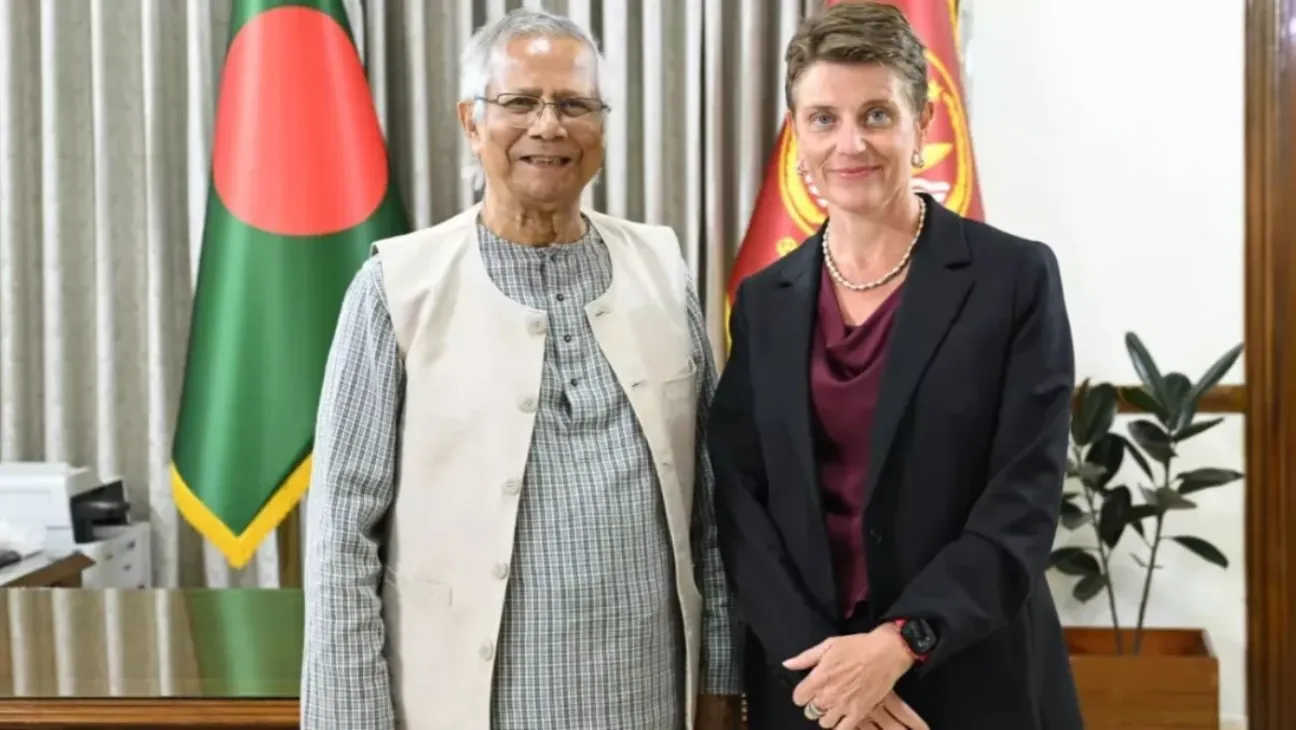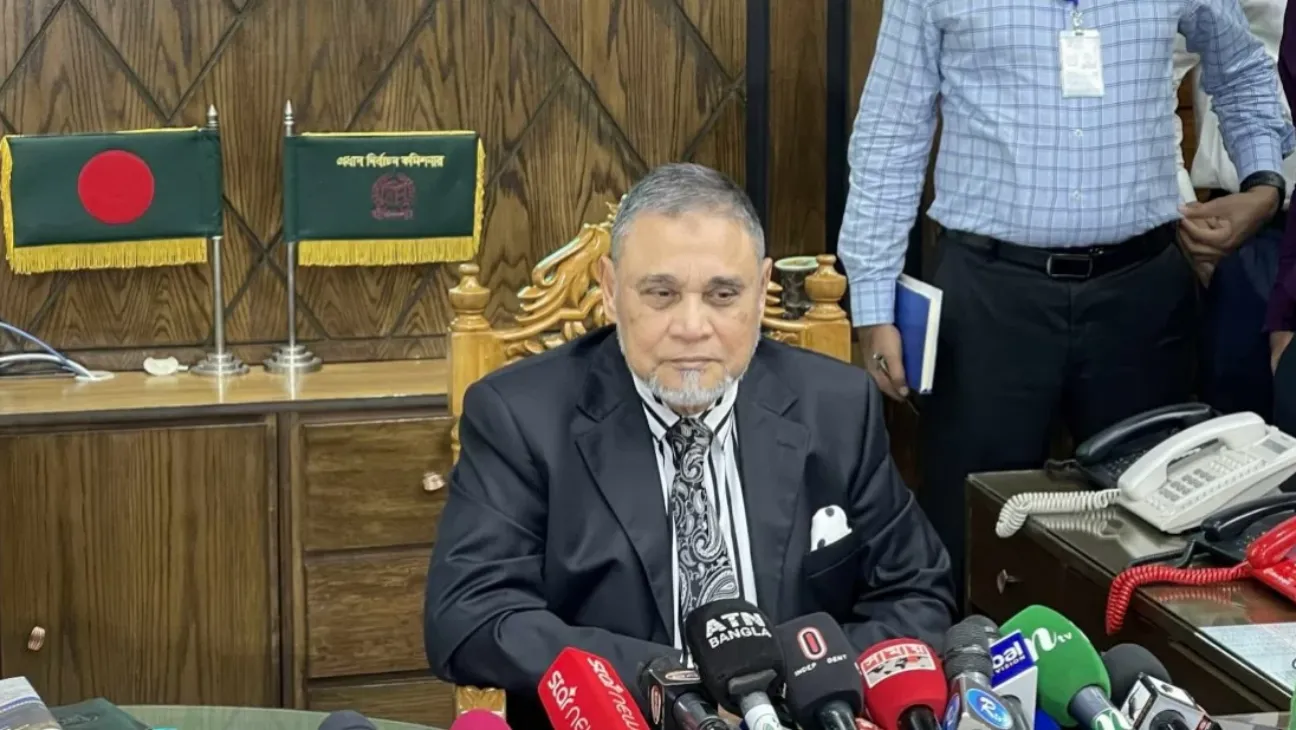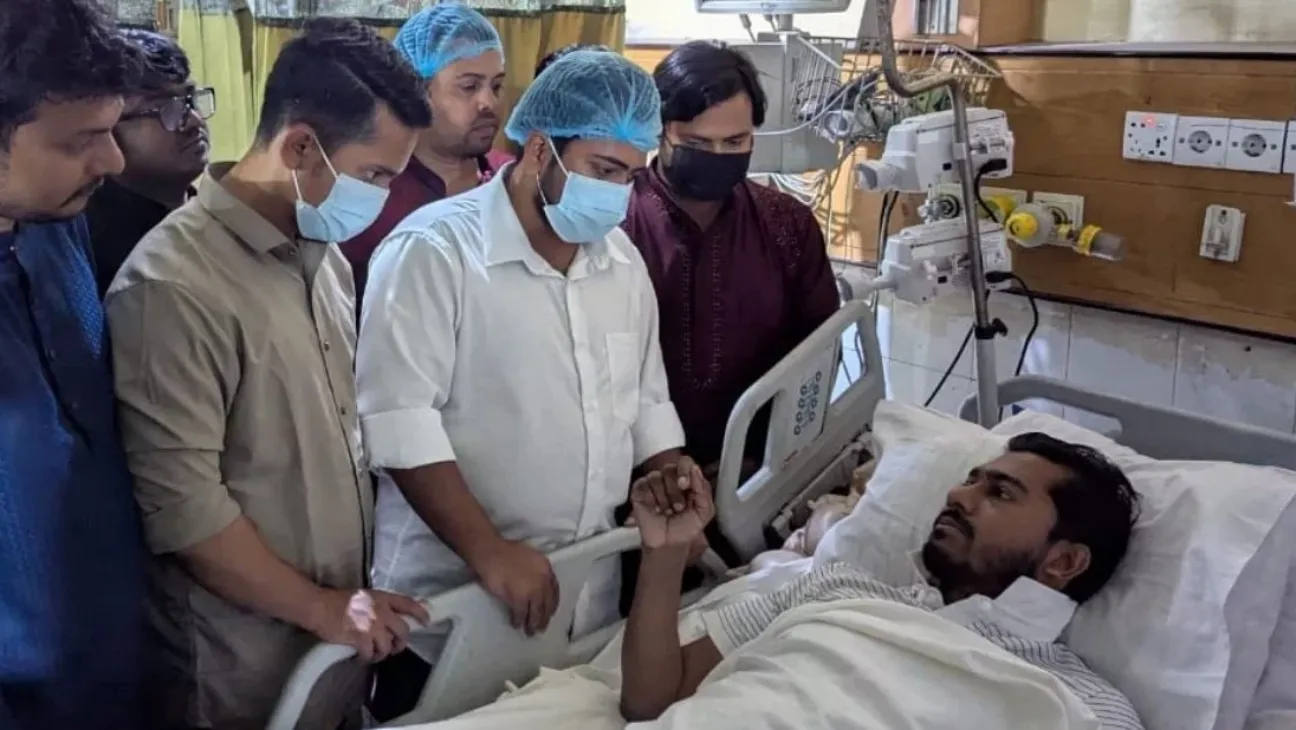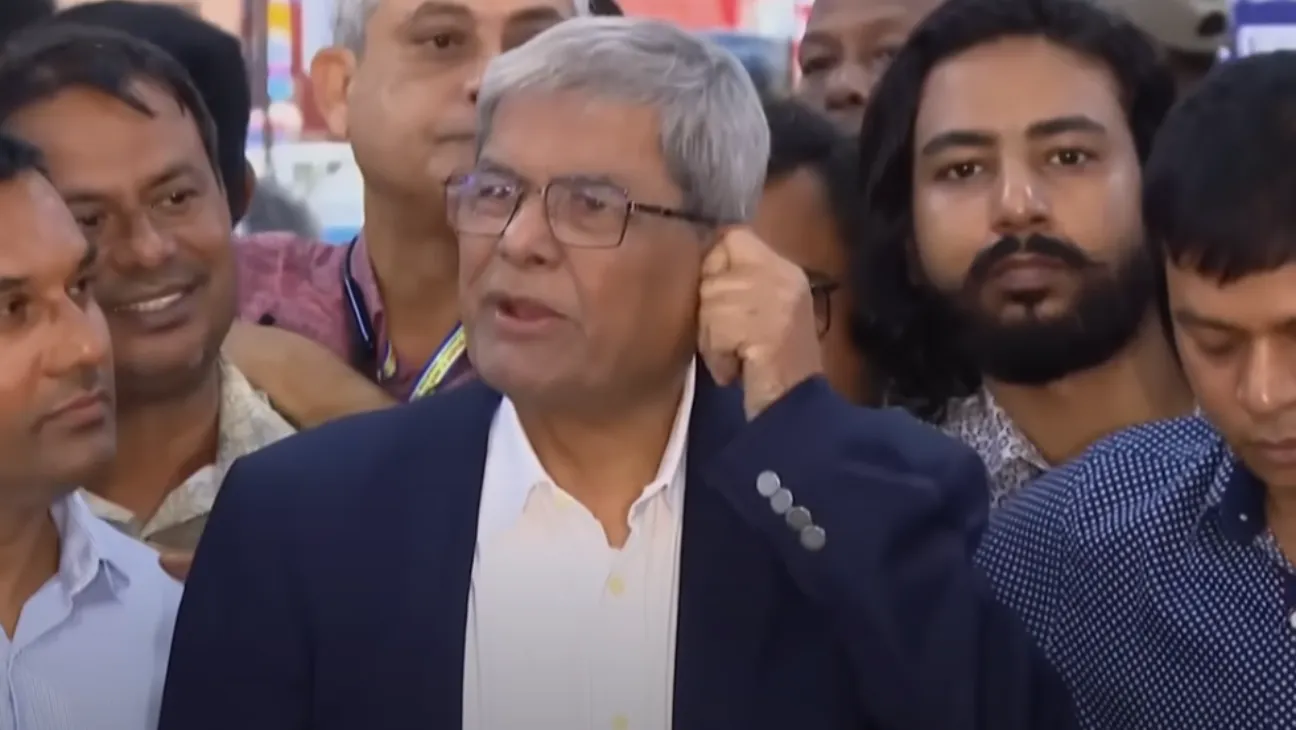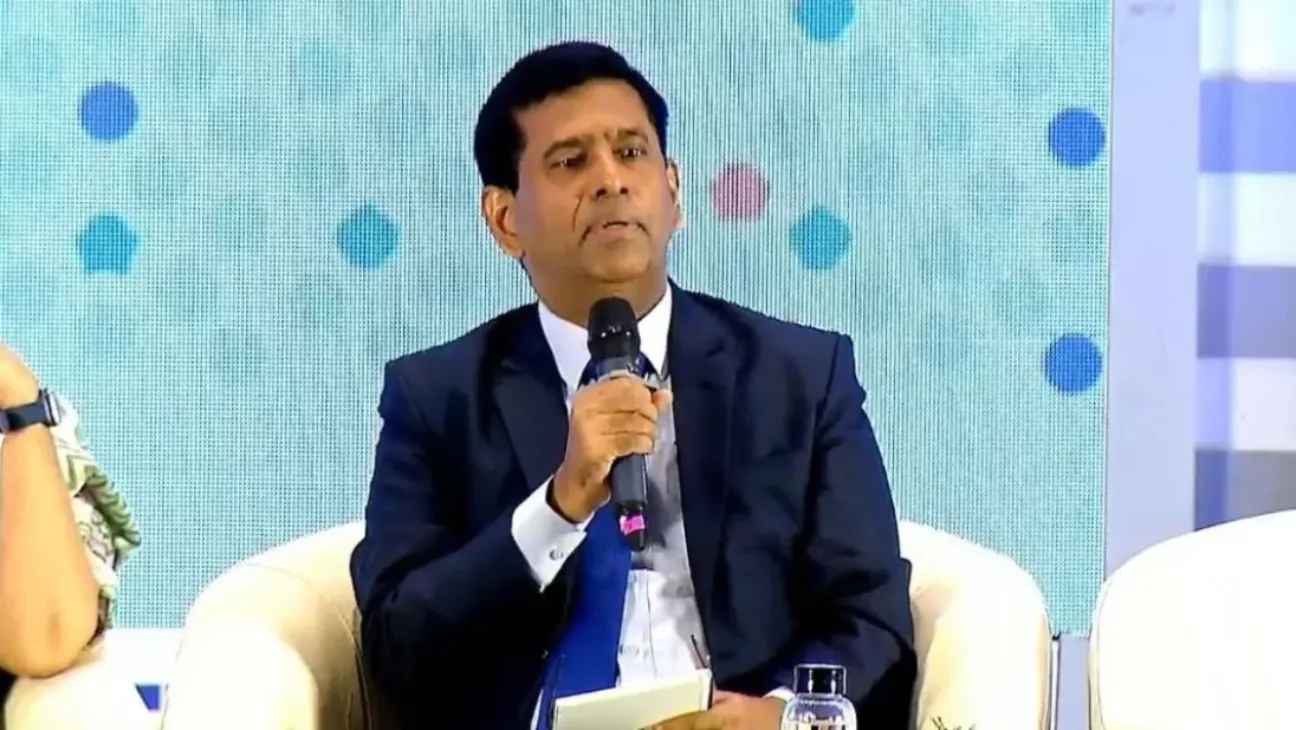The first monsoon rains have finally washed over Bengaluru. But for many here, it’s more than just a change in weather. This is a season that ushers in vibrant flower shows and cultural festivals, but it also brings a quiet promise of renewal for the city and its people.
August sees Lalbagh Botanical Garden hosting the season highlight — the Independence Day Flower Show. This year’s edition will run from August 7 to 17 and pays tribute to Rani Chennamma and Sangoli Rayanna.
One of them, perhaps more familiar thanks to the Rani Chennamma Express that runs between Bengaluru and Sangli, shares the spotlight with Rayanna — a name many still need to look up.
Beyond the iconic event at Lalbagh, the city is alive with subtle shifts. Local markets fill with Rakhi bracelets and tricolor lapel pins. The cool breeze and near-constant drizzle give the city a rhythm you only really notice when riding the Metro. From there, you’ll see students and cadets rehearsing for Independence Day parades in schoolyards and army grounds.
The change of seasons this time of year also appears to be attracting renewed attention on India’s textile legacy.
A rare exhibition of Banaras brocades curated by textile revivalist Chandra Jain will be on show at the Bangalore International Centre from August 14 to 20. Your guide on the walks gives you a sense of the meticulous interlacing techniques that create these fine designs coming alive at the pit looms of Varanasi.
Another recent show, organized by The Registry of Sarees, focused on the Risha — an upper garment woven in Tripura. Few attendees had even heard of it. The exhibit, curated by founder Ahalya Mathan, included talks and walk-throughs, helping people visualize how the Risha could offer a more comfortable and indigenous alternative to the modern saree blouse.
The conversations around textiles didn’t stop there. At a gathering hosted by Ambara — a boutique store near 12th Main Road in Indiranagar — textile designer Bappaditya Biswas joined choreographer Madhu Natraj for a talk titled Weftscapes. It centered on movement in dance and fabric. Indigo-dyed jamdani kimonos were on display, adding another layer of visual depth.
Elsewhere in the city, art moved beyond fabric.
Panchavati, the former home of physicist Sir C.V. Raman, held a sculpture exhibition sponsored by Delhi-based Stonex. The house, with its red-oxide tiles and preserved grounds in Malleshwaram, stood in contrast to the new high-rises replacing similar old homes. The exhibit, while well-executed, raised a familiar issue — more male artists than female. The imbalance felt outdated. Surely, the medium could benefit from more diverse voices.
In Bengaluru’s food scene, another shift is underway. The earlier fascination with European chefs at luxury hotels seems to be fading. Local restaurants are now hosting Asian culinary talent. Nara Thai from Mumbai popped up at Idyll, while JW Marriott featured Fireback, a Thai restaurant from Goa. There’s clearly demand. Thai food is spicy, light, and — maybe most importantly — matches the mood of the rain. It’s also more accessible in price and flavor than the French-Italian fare that once dominated.
The monsoon hasn’t slowed the nightlife either. Global bartenders are flying in for bar takeovers at city hotels. One recent appearance by Stephano Bussi of Hong Kong’s The Aubrey at the Taj West End brought some theatrical flair to the cocktail scene. Though, depending on who you ask, Indian bartenders can match the performance.
You can’t talk about monsoon in India without thinking of cinema. Mira Nair’s Monsoon Wedding and the song Rabba Rabba Meh Varsa come to mind. It’s poetic, messy, and oddly grounding. There’s a curiosity too — has Zohran Mamdani, Nair’s son and now a New York mayoral candidate, ever experienced an Indian monsoon?
If not, he might want to visit Bengaluru.
The place offers its components freely: the rain, the culture, the food. But the real magic is the atmosphere that binds them. It doesn’t create a perfect harmony, but rather a compelling, beautifully flawed one. Perhaps that friction is the entire point.

